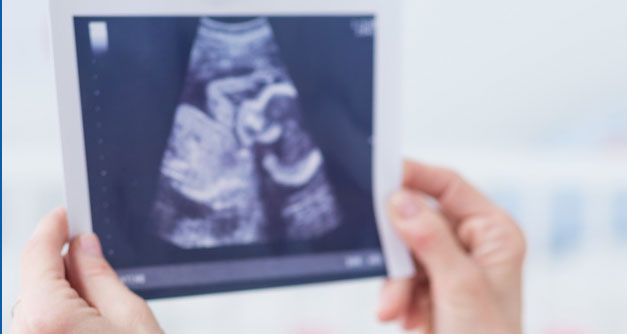
Ultrasound
What is an ultrasound?
Ultrasound uses reflected sound waves instead of radiation to help create images of your organs and soft tissues. Because there is no radiation exposure, ultrasound is the preferred imaging technique for a pregnant mother and her unborn child.
Preparing for an ultrasound exam
Preparation for your ultrasound exam is determined by the part of your body to be examined. The scanner does not confine, enclose, surround or rotate around your body; the exam requires no contrast medium or dye.
- Wear comfortable, loose-fitting clothing for your ultrasound exam
- Remove all clothing and jewelry from the area of your body being examined prior to the exam as these objects interfere with the quality of the images
- The portion of your body that is being examined will be undressed and you may be asked to wear a hospital gown to cover yourself during the exam
If you are being scheduled for an ultrasound of the abdominal aorta, kidneys, liver, gallbladder, spleen, pancreas, pelvic area or for a pediatric exam, your physician may ask you to prepare by fasting or to drink liquids before your exam. Please ask your doctor for specific instructions.
You may continue to take regular medications.
What to expect during an ultrasound exam
You will be positioned on an exam table. The radiologist or sonographer will apply warm water-based gel on your skin. This gel creates a secure contact to eliminate air pockets between your body and the transducer: a hand-held device that sends and receives ultrasound signals. The sonographer will press the transducer firmly against your body, moving it back and forth over the area of interest until the desired images are captured. There is usually no discomfort from pressure as the transducer is pressed against the area being examined; however, you may feel pressure or minor pain if the transducer is positioned over an area of tenderness.
If you are receiving Doppler ultrasound, you may actually hear pulse-like sounds that change in pitch as the blood flow is monitored and measured.
After the examination is complete, the gel will be wiped off of your skin and you should be able to resume your normal activities.
Results
A radiologist will review your exam images and report the findings to your doctor. Your doctor will then discuss the findings and next steps with you.
